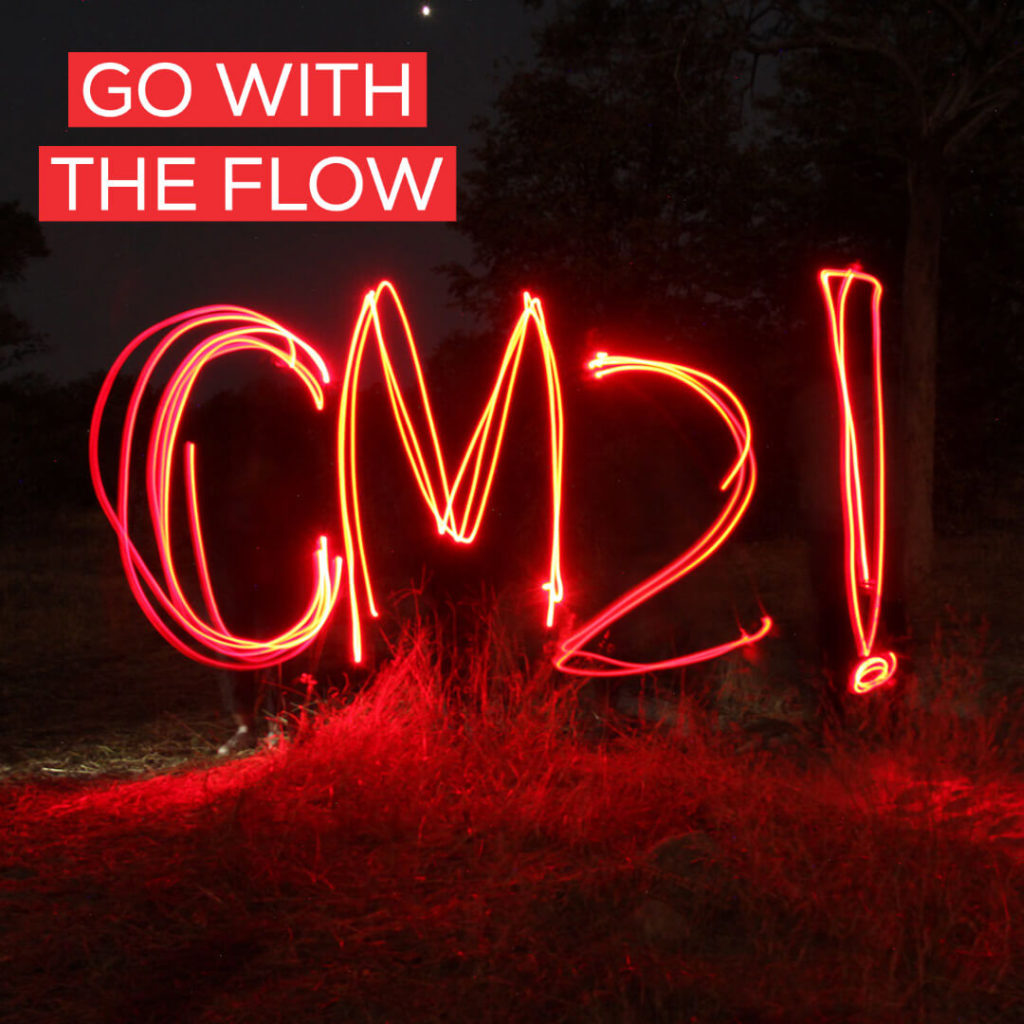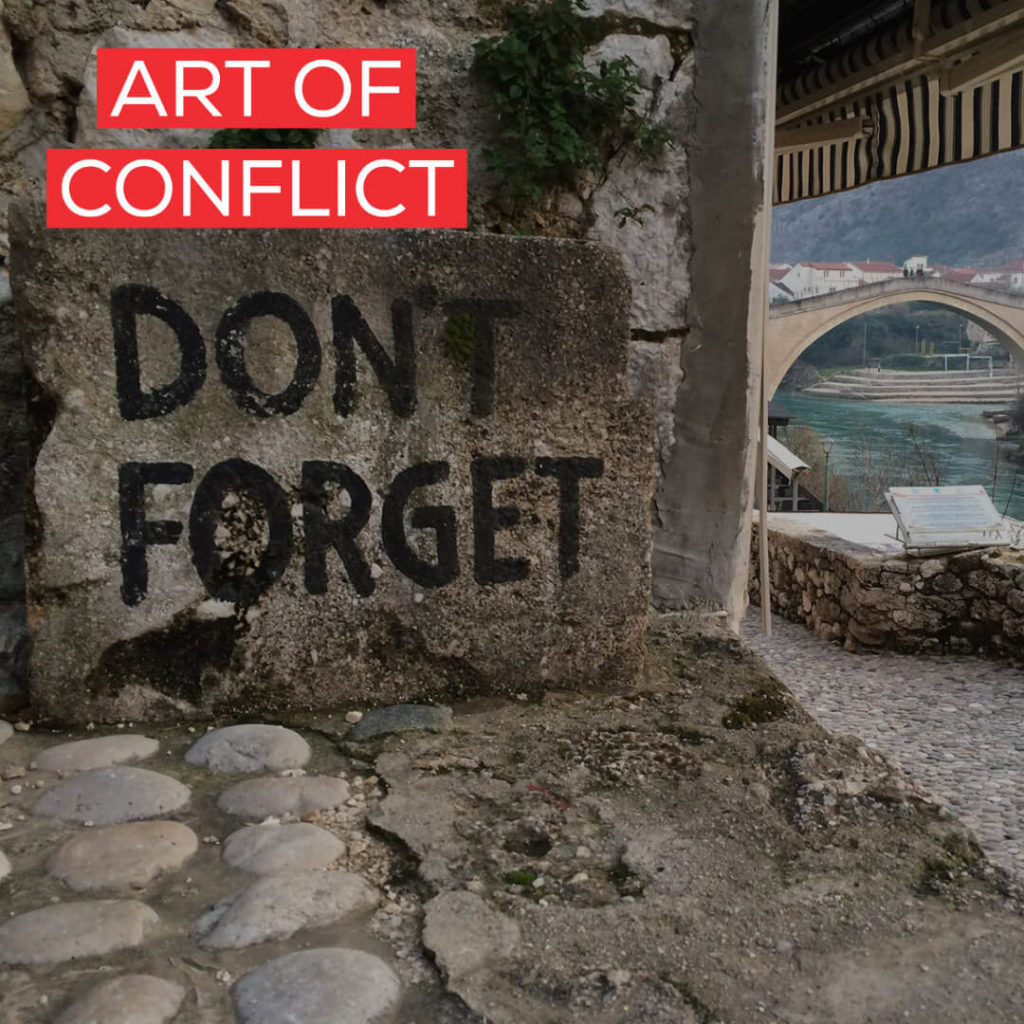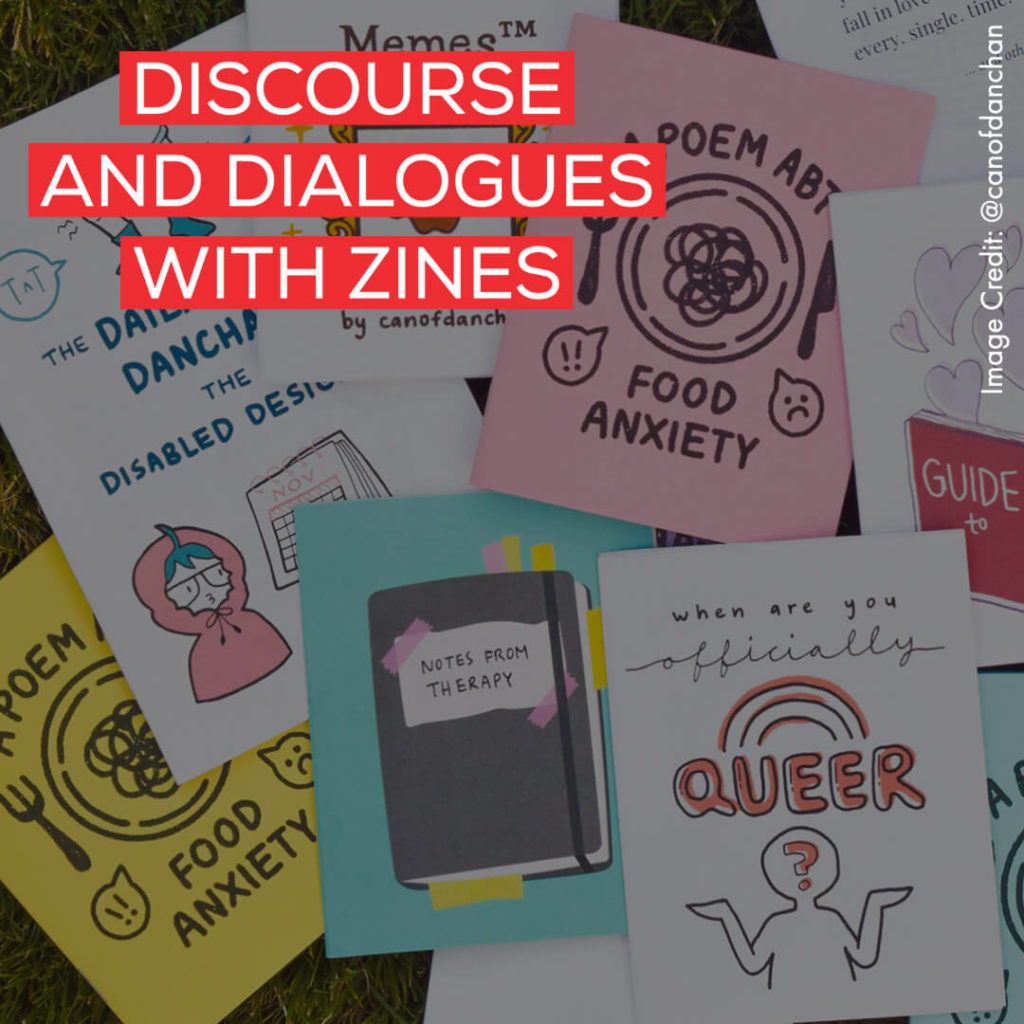1) Hi Nada, can you tell us what you've been up to since graduating from THINK Global School in 2022? Since graduating in 2022, I've been pursuing a passion I found while at TGS, sustainability, and I am currently majoring in engineering in renewable energy systems at Al Akhawayn University, in Ifrane, Morocco. But there is way more than that! I've had a chance also to explore the world of...
Read MoreAnother term is officially in the books here at THINK Global School.
As we continue to weather the global storm that is the COVID-19 pandemic, we’d like to thank our educators and onsite support staff for all their hard work this year. They continue to put forth quality projects for our students to participate in and arrange light-hearted online events as a means to socialize. In the future, when we reflect on these trying times while in host locations like Botswana, India, and Japan, we’ll have many bright spots to zero in on primarily due to their efforts. Beyond our team, we’d also like to recognize the efforts of educators worldwide who continue to put their students’ needs before their own.
Learning Overview
If you are new to THINK Global School and its concepts, the most important thing to keep in mind is that students are in charge of their own learning. Instead of a traditional classroom model where a teacher lectures from the front of the room, students are presented with a driving question at the start of the term which they explore from all angles, engaging in a rigorous process of sustained inquiry. As their project takes shape, they continuously reflect and engage in feedback loops to refine their process and improve their product. After arriving at a conclusion to their driving question, students present their findings publicly during our project-based learning showcase. These typically happen in-person when we are traveling, but due to the pandemic we’ve moved to holding the showcases online.
You can learn a bit more about projects in this video created by TGS student Viktoria L.
Project-Based Learning Modules
This term our CM2 students had three projects to select from, each with unique driving questions at their heart. The first module, Go With the Flow, asked students to explore how they can apply an understanding of flow state into physical activity and self-reflection in order to increase their overall wellbeing. The second module, Art of Conflict, had students research a civil struggle from all sides to learn how they accurately represent its cause, conflict, and conclusion. The third module, Discourse and Dialogue With Zines, had students use everyday practices to engage in conversations on counterculture, social justice, or everyday life through the format of DIY publications known as zines. You can learn more about each module and see highlights from our students’ outcomes below. Click here to see the Term Two projects from our CM1 Cohort.
Go With the Flow

Driving question: How can I apply an understanding of flow state into physical activity and self-reflection in order to increase my well being?
Module Overview: In the world of Covid-19, our social interactions, work environments, and entertainment have been centered around technology and social media platforms. But maintaining focus and intentionally directing attention is difficult when we are constantly distracted by texts, notifications, and advertisements.
A “flow state” is an optimal state of consciousness in which you are giving your full attention to an activity you are passionate about. You are fully immersed in the experience and focused on a singular task. In this state, the mind’s usual incessant chatter fades away, and you find yourself in a non-distracted zone.
The flow state has been shown to increase feelings of happiness, productivity, and fulfillment. The “flow arts” is a general term used to describe the intersection of various movement-based disciplines, including hula-hooping, spinning poi, traditional juggling, contact juggling, dragon staff spinning, and other forms of object manipulation.
In this module, students explored the neuropsychology, history, and culture of flow arts. For their summative assessment, participants practiced a performance art of their choice throughout the term, documenting their journey as they went.
Here are some of the projects students created during the term:
Hula Hooping by Ella M.
Project Description: For this module, as a way to further learn about the flow state, I began learning how to hula hoop. During this process, I documented my practice each week and made a compilation video of my progress. This video shows my progress from when I first got my hoop, only knowing a few simple tricks, to six weeks in, when I have learned several more complex techniques.
Reflection: For me, what was most interesting about this project was not so much the hula hooping aspect but learning about the flow state. I have been interested in neuroscience for quite some time now, and it was fascinating to be learning about something I could so clearly see demonstrated in my life through the practice with hula hooping.
Aerial Skills by Lucas B.
Project Description: In this module, I investigated the definition and characteristics of flow state, doing specific research on brain functions in order to understand how it is impacted by flow and why it enhances our performance. Simultaneously, I consistently practiced a flow art and applied my understanding of flow state to interpret its impact on my mood oscillation and general wellbeing.
Reflection: After years apart from them, I came back to the silks more prepared than ever. By studying some tricks of my brain, I was able to surpass my physical limits and follow a lifelong dream. Patiently, my mind insisted and my whole body went with the flow to the gym ceiling (and my mood went along).
Art of Conflict

Driving Question: How can I accurately and artistically represent the cause, conflict, and conclusion of a researched civil struggle?
Module Overview: History is a mosaic of information that we must collate together in order to identify, as closely as possible, what actually happened. Often our understanding of world events depends on the perspective we were given, especially when that event is a conflict.
While researching history, we must identify as many perspectives as possible to best understand the event as it occurred. Even using research skills in this manner, a person can never really know what transpired and why, but it is the researcher’s job to try and decipher the events and record them with integrity.
This module challenged students to research a conflict and identify as many perspectives and narratives as possible through primary and secondary sources. For their final product, students developed artistic mosaic-style art pieces.
Here are some of the projects students created during the term:
American Civil War by Alex N.
Project Description: In this module, I researched the American Civil War and learned some basic skills in Adobe Illustrator to make a collage.
Reflection: I had never thought of doing an art project before, so this module was a truly memorable experience!
Hernámsárin by Arora V.
Project Description: In this module, we had to choose a civil conflict to research and create an artwork based on that conflict. I chose the occupation of Iceland which is when the US army stayed in Iceland. The population of the country was very split on whether they wanted the army to stay or whether they wanted them to leave. I then chose to portray this through a collage of newspaper clippings that showcased a protest in front of the army barracks. Reflection: This project allowed me to really learn more about the recent history of my country and my family.
Discourse and Dialogues With Zines

Driving Question: How can we use creative art practices to engage in discourse and dialogue on counterculture, social justice, or everyday issues through zines?
Module Overview: We write, speak, and act from places we know. Discourse (written or oral communication) challenges us to see more than what our “own minds have created,” inviting us into the world of another.
Discourse opens doors to the generation of new ideas, new forms of creativity and imagination, and considerations outside one’s own context. Once outside the spheres we typically inhabit, we begin to see, experience, and potentially exist in the world differently.
Zines are independent or self-published booklets that first appeared in the 1920’s and have recently made a resurgence as a reaction to the digital fatigue brought on by the unbridled access the internet provides. They offer a medium to publicly engage in discourse or dialogue about self, others, or the world. Zines represent freedom, individuality, and independence. They are accessible, relevant, and inviting to creators as they are free from notions of perfection.
The discourse and dialogues module introduced students to the various art practices associated with zine-making. It featured a mix of seminars promoting self-and social inquiry through discourse, counterculture investigations, conversations on social justice, and glimpses of everyday life. Most importantly, students got hands-on through a variety of creative workshops.
Rupert Murdoch by Xavier J.
Project Description: In this module, I made a zine about the life of Rupert Murdoch, why he does what he does, and how his influence works.
Quote: I learned that with a little bit of inspiration and a non-judgmental audience, art becomes a lot easier.
Mental Wellbeing by Sofia W.
Project Description: My zine is about mental wellbeing. The goal was for it to be inspirational for the reader as well as providing some examples of actions that promote mental wellbeing. In order to do so, I worked on double pages with quotes on one side and actions or reasons to achieve the quote. I used different art techniques on each side and then sewed all the pages together to make it a zine.
Reflection: This project allowed me to get out of the online world for a little by creating something hands-on offline. I also tried new art techniques.
Personal Projects
Reflejos by Diego M.
Driving Question: How does shutter speed, aperture, and editing affects the final product in portrait photography?
Project Description: This project was about learning how to apply aperture, shutter speed, and editing to photos, finding creative backgrounds, and improving my photography skills mainly in portraits.
Reflection: Mainly, during this project I found out how passionate I am about photography, I hadn’t realized how big my passion was and how much knowledge I was missing. What was challenging was the editing because figuring it out took me a while. It was very exciting to go out and take pictures for the first time with the proper knowledge, but mainly, having the chance to show people my work.
Composting by Marily M.
Driving Question: How can I minimize my family’s trash impact by applying eco-friendly solutions?
Project Description: For my first personal project, I wanted to explore an environmental topic so I created a compost. With this project, I investigated the process and benefits of composting and created a booklet to be used as a guide to building one. My objective with the booklet was to give easy and clear information to follow and understand the process of composting. I did my own compost to experiment and analyze the process by learning with first-hand experiences.
Reflection: I am happy and proud of this project. It was a great process where I learned many things: I experimented with new platforms, put some investigation skills into practice, and created my own compost. My biggest challenge was to make the compost work. I didn’t know before, but it is possible to create a hot compost which surprised me so much that I wanted to try it. The most exciting part was knowing that I was deciding what I wanted to do; I was the one making the decisions. When all my work started to fit together, I got so excited and motivated to continue working on it.
Sustainably Scrumptious by Ella M.
Driving Question: How can I incorporate more local and homemade food into my diet to improve my sustainability and health?
Project Description: My project is a short book of recipes I have written that use local, sustainable, and healthy ingredients. To write these recipes, I looked at the foods I eat most often and local foods I have access to. I then decided on which items to prepare before researching the history of each item and the different methods used to make them. I also researched how a recipe is written, how to cater to your intended audience, the proper language to use, and the elements to include. My final product is a collection of these recipes that could be used by relatively new cooks.
Reflection: This project was especially interesting because I have done a lot of cooking and baking in my life, but I have never been one to follow recipes. Doing this project and creating my own recipes really helped me understand how recipes can be useful as well as how much work and effort goes into making each one. I think I will now be at least slightly more inclined to follow recipes when cooking in the future.
Our Impact by Sofia V.
Driving Question: How can I use photography to raise awareness about our human behavior’s impact on the environment?
Project Description: My personal project this term was a photography project about human behavior’s impact on the environment. While wondering why we are not acting as urgently as we should for the climate crisis, I found people often see the crisis as a distant challenge, both in time and in space. Through this project, I wanted to raise awareness about the impact of our daily and individual actions on the environment, and ultimately, bring people closer to the challenge.
Reflection: My main takeaway from this project is that no matter how global any challenge is, the individual action will end up making the difference.
Education to the underprivileged children of India by Madhu S.
Driving Question: How can I contribute to solving a problem in my local community?
Project Description: My project aims to spread awareness of the importance of education to underprivileged children in India and existing educational opportunities. I will be directing a documentary that spreads the message of the project’s aim. This solution helps bridge the awareness gap on the importance of education and the opportunities available to Indian children.
Reflection: I am really excited to work on directing my documentary once the schools of Tamilnadu opens. TGS was an incredible educational opportunity for me and I want to give back to my community by connecting children to existing educational opportunities in India.
Cultural Comparison Documentary by Seb.O
Driving Question: How can I use the medium of film to demonstrate the cultural differences between Sicily and Yorkshire?
Project Description: For this project, I filmed a short (<10 minute) documentary to show the world the contrast between Yorkshire’s and Sicily’s cultures. The project involved studying filming and editing techniques, researching the cultures of both places, and putting all of this together into the final product of a 12-minute documentary.
Reflection: I definitely ended up putting a lot more time into this than I thought I would originally. I enjoyed it a lot, and learned so much!